Ep 1: Finding the bowl within the log
In this episode, Dave shows you what to look for in a log, and how to find the bowl within it to set yourself up for success when carving a bowlVideos in the Series
-
Ep 1: Finding the bowl within the logNovember 2, 2017
-
Ep 2: Initial shaping and flattening the bowl bottomNovember 2, 2017
-
Ep 3: Laying out the curve of the bowlNovember 9, 2017
-
Ep 4: Refining the outer curve of the bowl with an ax and drawknifeNovember 9, 2017
-
Ep 5: Laying out the inner bowlNovember 15, 2017
-
Ep 6: Hollowing out the bowl with an adzeNovember 16, 2017
-
Ep 7: Laying out the outside of the bowlNovember 23, 2017
-
Ep 8: Shaping the outside of the bowlNovember 30, 2017
-
Ep 9a: Refining the outside of the bowl – Part 1December 7, 2017
-
Ep 9b: Refining the outside of the bowl – Part 2December 7, 2017
-
Ep 10: Finishing cuts on the inside of the bowlDecember 14, 2017
-
Ep 11: Finishing cuts on the outside of the bowlDecember 21, 2017
-
Ep 12a: Carving the necklace – part 1January 4, 2018
-
Ep 12b: Carving the necklace – part 2January 4, 2018
-
Ep 13: Food-Safe Finishes for Greenwood PiecesJanuary 18, 2018

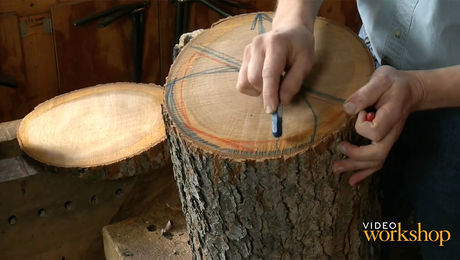

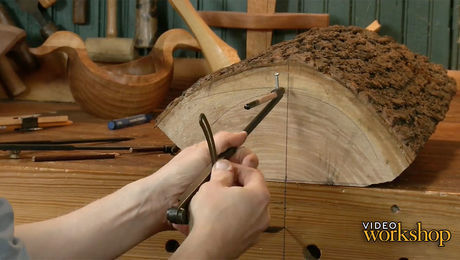
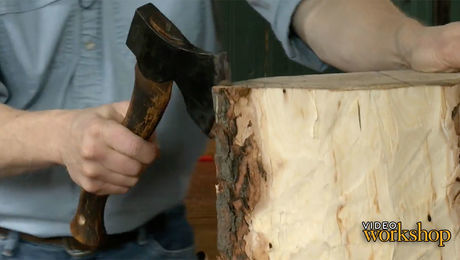
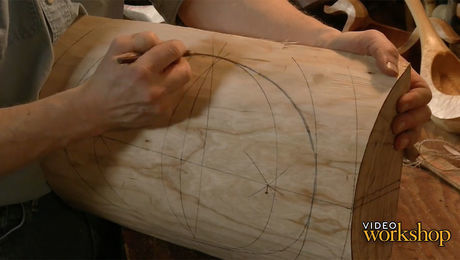
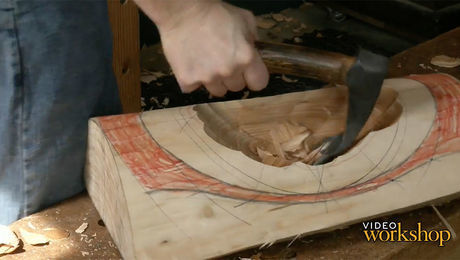
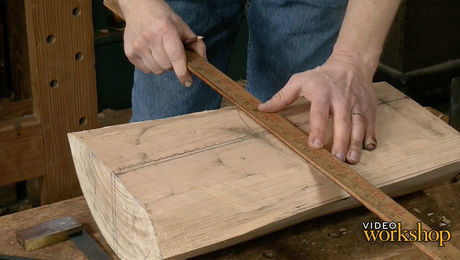


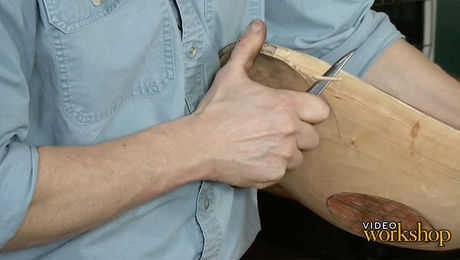
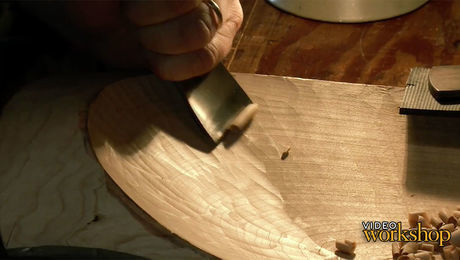

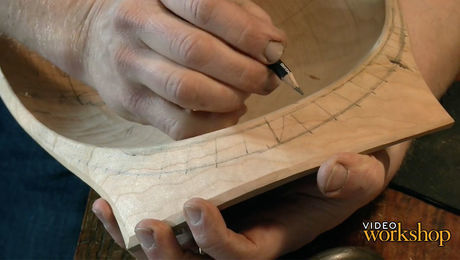
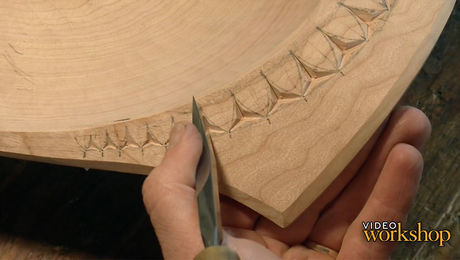
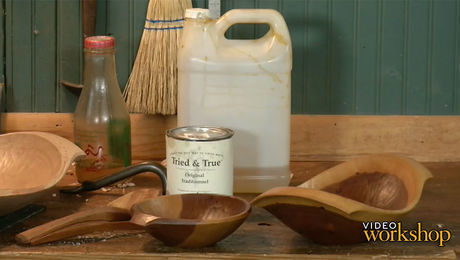



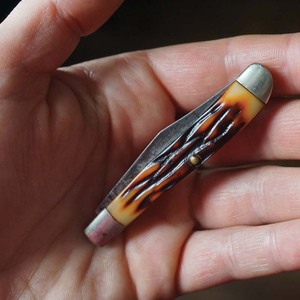
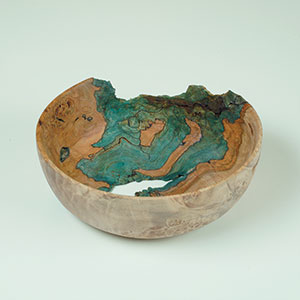
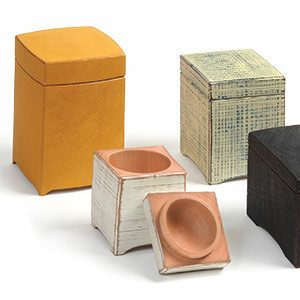
















Comments
I've taken several classes with Dave but I enjoy going back to the basics. He's a great teacher/artist/carver and I always learn by watching him do his "stuff". Thanks Dave.
Was wondering after all that labor intensive but fun work for such a "masterpiece" how do you handle all of the splitting, warping and checking using green wood?
turnertoo: Carving green wood does not guarantee splits and checks. As you continue through the video series, you will hear advice for avoiding such issues, including the drying process. I think you'll find working with green wood wonderful. And as you'll see later in the series, the final carving stages are done after drying.
What general approach can Dave recommend for sourcing material? Is it a matter of getting to know local arborists, mills, etc? Thanks for the exceptional series.
So much depends on your geographic and urban/rural location. An incredible variety of species grow all around me. It seems like a yard tree is always being pruned or being removed, so that is an excellent source. Folks are usually more than happy to have it taken away. Arborists are usually pretty intense as the job is underway, but you may ask them where they take their wood. Many around me have more than they can even process into firewood, so they just have a sort of dumping area for it. Orchards, park workers, trimmings around railroad tracks and power lines, local sawyers....lots of possibilities.
I have to admit that when this video was first published/posted it was somewhat interesting to me, but after meeting Dave Fisher at FWW Live and watching him work these chunks of log into such beautiful forms. On a computer screen, even a full size/hi-res one, it's hard to appreciate the amazingly graceful lines and play of light on his work. This week I split some green cherry and am watching with a new eye as I wait for an adze to arrive in the mail!
Waiting for an adze is the hardest part. I just got an email that my HK is on the way. Good luck and have fun!
This video series is a rare gift.
It is a gift from David Fisher: such a talented and capable craftsman sharing techniques and tips is one thing, but the fact that Dave is such a humble, effective and relaxed communicator and demonstrator only enhances the experience.
Further, the extraordinary work done by Jeff Roos and Ben Strano makes this available in a format that exceeds any other - I can hear and see exactly what is going on, and I can re-visit the content time and again.
Congratulations all on an extraordinary production!.
Mby anybody give me advice... How to choose a laser cutting machine on wood for a workshop? We choose a machine with a working field of 90 * 60 and a power of 60-90 watts. Is it right?
Log in or create an account to post a comment.
Sign up Log in